This week, the journal Pediatrics featured a clarion call to encourage play as a way to reduce stress, promote social skills, and to embolden cognitive growth in young children.
With increasing scientific evidence as a foundation, the new report challenges pediatricians to offer a “prescription for play” as a way to enhance the urgency of reintroducing play and playful learning back into the daily lives of families. We, along with our colleagues, suggest that data from brain science, social development, toxic stress, and academic achievement all point to the critical importance of play in children’s (and animals) routine experience. Excising play through a 30 percent drop in recess coupled with a 29 percent rise in test preparation creates classroom contexts that are driven by narrowly didactic goals with even kindergarten classrooms having little or no time for play or choice time. Home environments are increasingly confining children to the indoors and to screen time. Indeed, a recent report found that 98 percent of children under 8 years old now have access to a mobile device at home, and the average time children spend on mobile devices tripled between 2013 and 2017, from 15 to 48 minutes per day.
This is not the first time that the American Academy of Pediatricians has issued a warning call. In 2006, Dr. Ken Ginsburg wrote that “a variety of factors that have reduced play, including a hurried lifestyle, changes in family structure, and increased attention to academics and enrichment activities at the expense of recess or free child-centered play.” By 2012, Ginsburg was joined by first author Dr. Regina Milteer in a piece entitled: “The importance of play in promoting healthy child development and maintaining strong parent-child bond: Focus on children in poverty.” The article made the case that, “Play is essential to the social, emotional, cognitive, and physical well-being of children beginning in early childhood. It is a natural tool for children to develop resiliency as they learn to cooperate, overcome challenges, and negotiate with others.” Somehow the pressures of technology, narrowly defined academic criteria for success and parent fear of outdoor discovery eclipsed opportunities for play.
This new article highlights several key points that rise from the collected research.
The first is that “play is not frivolous; it is brain building.” One study, for example, shows that young rats who play have lasting changes in brain architecture that feeds thinking and social interaction. Further, just two hours a day with objects affected brain density and efficiency. In contrast, play-deprived rats demonstrate deficiencies in problem solving. Though much more data needs to be collected on humans, a randomized experiment shows that 3-to-4-year olds who engaged in active play are better adjusted during stressful transitions.
The second is that research now points to play as a key conduit for executive function skills of memory, attention, impulse control, and flexibility. These learning-to-learn skills can be honed in the context of playful learning that is delivered throughout the school day. Indeed, the well-researched Tools of the Mind curricula uses play to harness these skills.
The science of learning tells us that while free play is important for the development of social competencies, these learning to learn skills and many academic skills like language, STEM (science, technology, engineering, and mathematics) emerge in the context of guided play—where the adult initiates a playful environment and the child directs the exploration within that environment. In these moments of constrained tinkering, the child has agency but also leans towards a learning goal. Several studies from our lab and others, now demonstrate how guided play might offer a rich pedagogical approach that also allows for deep curricular learning. This work is reviewed in the new article and demonstrates the utility of guided play for learning in language, spatial knowledge, and mathematics to name a few.
Play is difficult to define clearly. Indeed, a new article by Jennifer M. Zosh and her colleagues suggests we best think of play as something joyful, active, engaging, meaningful socially interactive and iterative. Their definition encompasses a spectrum from free play (child initiated, child directed) to guided play (adult initiated, child guided), to games (adult initiated, child guided) to more direct instruction. The first has no extrinsic goal and the latter three do. Further, only activities in which the child directs what is going on in a fun, iterative way would “count” as play.
Whatever our definition ultimately becomes, one thing is clear—children have diminishing playtime and the newer research suggests that this has real consequences for their healthy development. The new report adds to the choir of reports issued by the American Academy of Pediatrics but does so with more research force behind it. While there is still much to learn, pediatricians offer an important front line in carrying the message about the benefits of play to their families. Just as Reach out and Read brought the message about the importance of book reading to millions of families through the trusted doctor’s office, a “prescription for play” can message the importance of play to millions of young children and their parents.
The Brookings Institution is committed to quality, independence, and impact.
We are supported by a diverse array of funders. In line with our values and policies, each Brookings publication represents the sole views of its author(s).

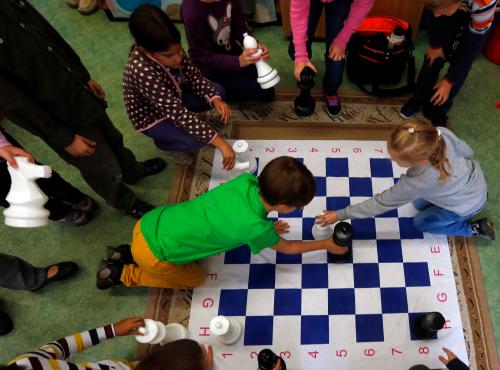
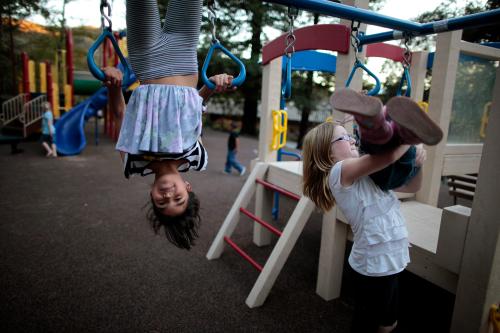
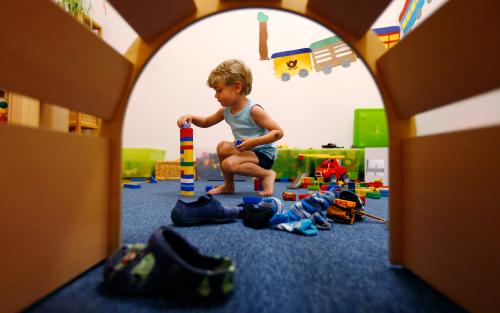
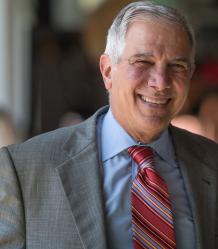
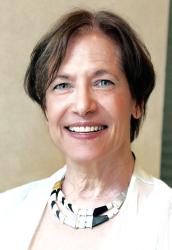



Commentary
A prescription for play
The pediatrician’s case for resuscitating play
August 21, 2018